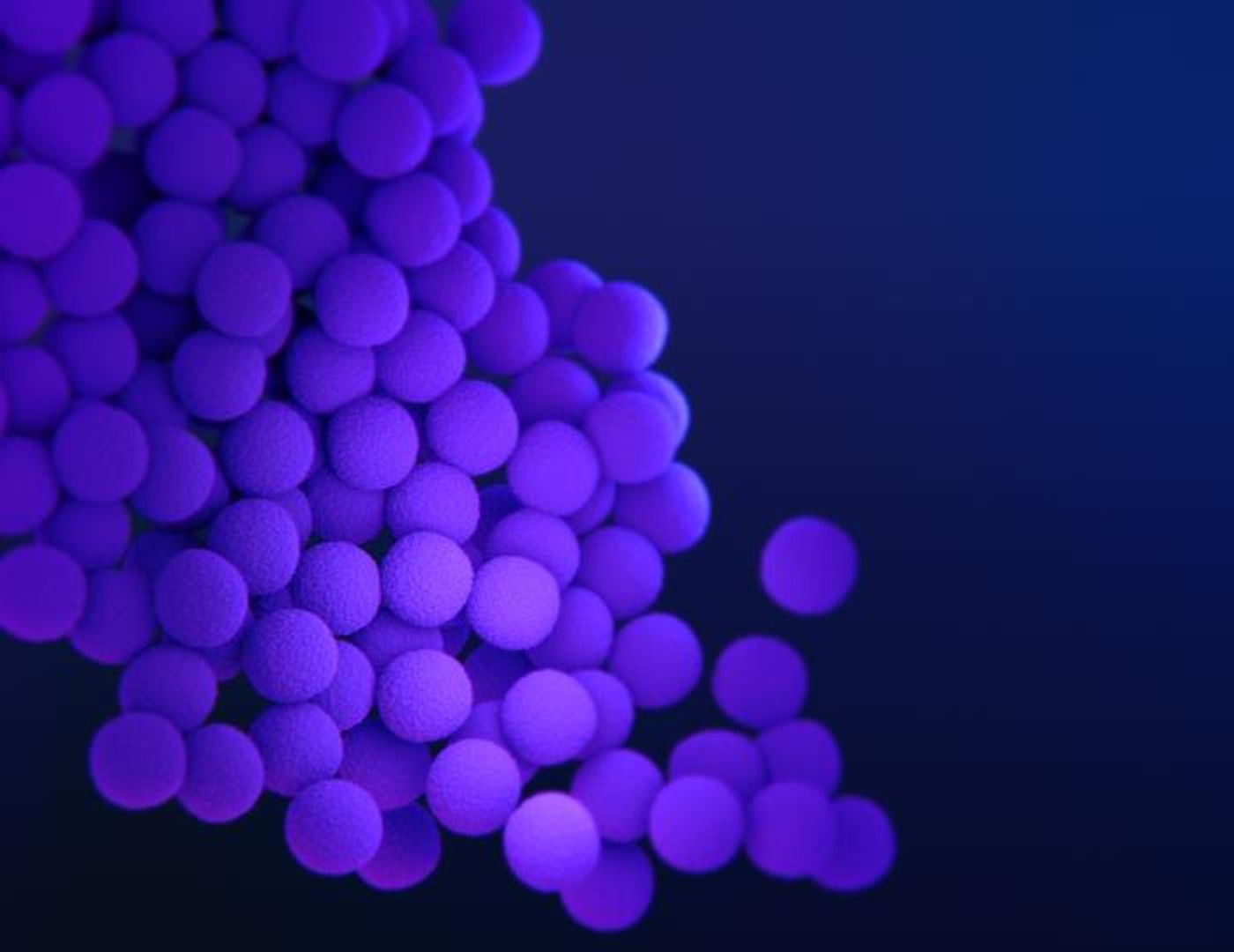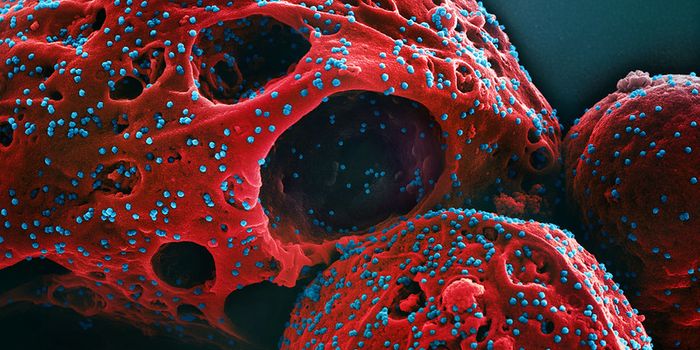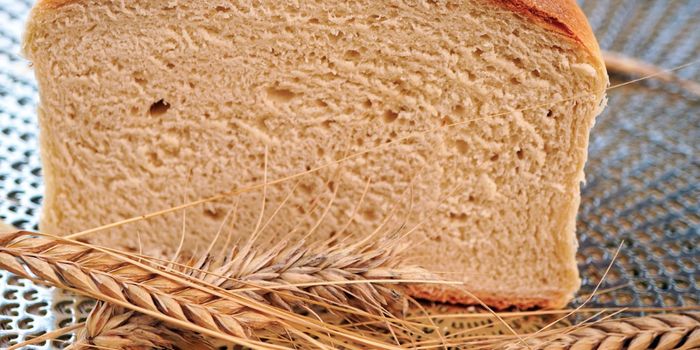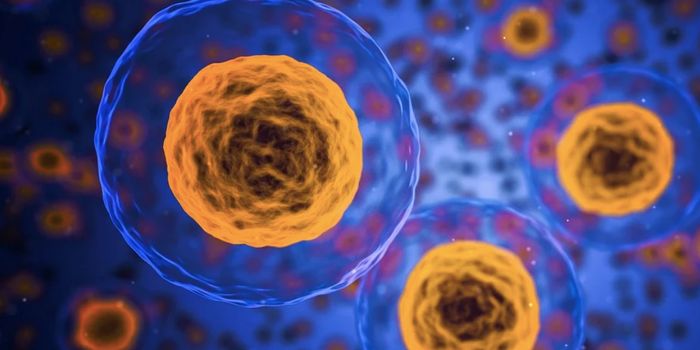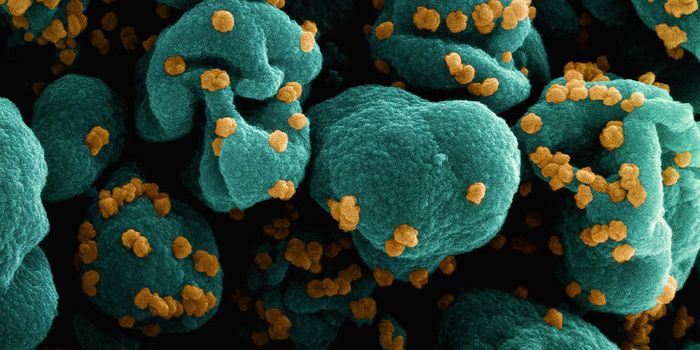Newly Found Glycopeptide Antibiotics Kill Bacteria in a New Way
The overuse and misuse of antibiotics and the adaptability of microbes has created a problem that people must solve: common antibiotics are not as effective as they used to be. Researchers have to engineer new drugs to fight microbial pathogens that are posing a growing threat to public health. Scientists have now identified two antibiotic compounds that attack bacteria in a new way and make good candidates for new medicines. The findings have been reported in Nature.
The investigators have found that two molecules in the glycopeptide antibiotic family, called corbomycin and complestatin, interfere with cell wall function in bacteria. These antibiotics are produced by microbes that live in soil. In a mouse model, the researchers showed that the drugs work against Staphylococcus aureus infections that are drug-resistant, known as MRSA. MRSA infections can be life-threatening in people.
"Bacteria have a wall around the outside of their cells that gives them shape and is a source of strength," said study first author Beth Culp, a graduate candidate in biochemistry and biomedical sciences at McMaster University.
"Antibiotics like penicillin kill bacteria by preventing building of the wall, but the antibiotics that we found actually work by doing the opposite; they prevent the wall from being broken down. This is critical for cell to divide," Culp explained. "In order for a cell to grow, it has to divide and expand. If you completely block the breakdown of the wall, it is like it is trapped in a prison, and can't expand or grow."
The researchers focused on molecules that are known to be part of the glycopeptide family. Next, they analyzed the genes carried by those members that don't have known resistance mechanisms, looking for a glycopeptide that might have a different strategy for killing bacteria.
"We hypothesized that if the genes that made these antibiotics were different, maybe the way they killed the bacteria was also different," added Culp.
Using sophisticated imaging tools, the researchers were able to confirm that the antibiotics they found work on the bacterial cell wall.
"This approach can be applied to other antibiotics and help us discover new ones with different mechanisms of action," said Culp. "We found one completely new antibiotic in this study, but since then, we've found a few others in the same family that have this same new mechanism."
Sources: Science Daily via McMaster University, Nature
